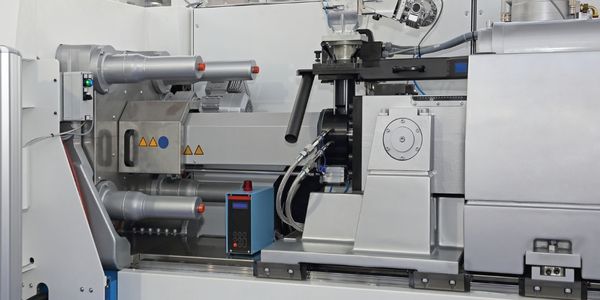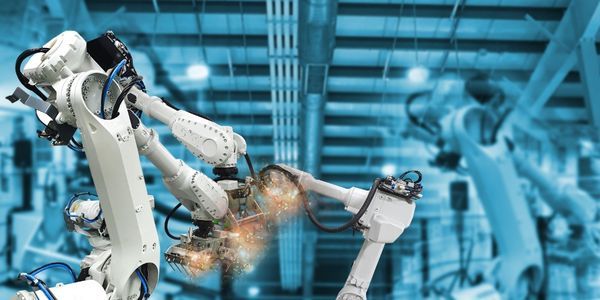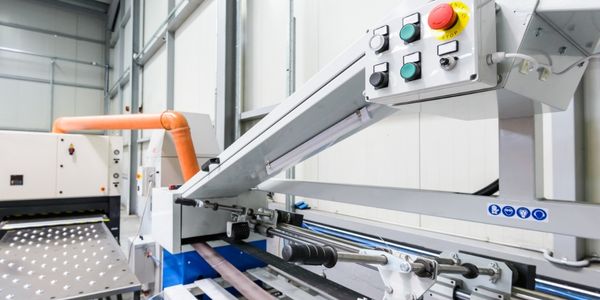Region
- America
Country
- Brazil
Product
- Forcepoint Web Security
- Forcepoint Email Security
- Forcepoint Data Loss Prevention
Tech Stack
- Web Security
- Email Security
- Data Loss Prevention
Implementation Scale
- Enterprise-wide Deployment
Impact Metrics
- Cost Savings
- Brand Awareness
- Productivity Improvements
Technology Category
- Cybersecurity & Privacy - Cloud Security
- Cybersecurity & Privacy - Database Security
- Cybersecurity & Privacy - Network Security
Applicable Functions
- Discrete Manufacturing
- Quality Assurance
Use Cases
- Cybersecurity
- Manufacturing System Automation
Services
- Cloud Planning, Design & Implementation Services
- Cybersecurity Services
About The Customer
Tekno Group is a company based in Brazil that specializes in manufacturing pre-painted metallic products. The company was using a security solution that had become cost-prohibitive and was not keeping up with the advancing technologies. They needed a solution that could protect their intellectual property and client data, increase prevention of threats via email and web, and was cost-effective while still maintaining the highest quality.
The Challenge
Tekno Group, a company specializing in manufacturing pre-painted metallic products, was facing a challenge with their previous security solution. The solution had become cost-prohibitive and was not keeping up with advancing technologies. The company needed a security strategy that could protect their intellectual property and client data, increase prevention of threats via email and web, and was cost-effective while still maintaining the highest quality.
The Solution
Tekno Group decided to implement Forcepoint's solutions to address their challenges. They used Forcepoint Web Security, Forcepoint Email Security, and Forcepoint Data Loss Prevention. These solutions provided coordination of threat response via web and email channels and inbound and outbound protection of critical data. The implementation of these solutions allowed Tekno Group to increase their protection while still reducing costs. They also gained better visibility of inbound and outbound data flow.
Operational Impact

Case Study missing?
Start adding your own!
Register with your work email and create a new case study profile for your business.
Related Case Studies.

Case Study
Plastic Spoons Case study: Injection Moulding
In order to meet customer expectations by supplying a wide variety of packaging units, from 36 to 1000 spoons per package, a new production and packaging line needed to be built. DeSter wanted to achieve higher production capacity, lower cycle time and a high degree of operator friendliness with this new production line.

Case Study
Robot Saves Money and Time for US Custom Molding Company
Injection Technology (Itech) is a custom molder for a variety of clients that require precision plastic parts for such products as electric meter covers, dental appliance cases and spools. With 95 employees operating 23 molding machines in a 30,000 square foot plant, Itech wanted to reduce man hours and increase efficiency.

Case Study
Fully Automated Visual Inspection System
Tofflon has developed a fully automatic machine that uses light to inspect vials, medicine bottles, or infusion containers for glass fragments, aluminum particles, rubber grains, hairs, fibers, or other contaminants. It also detects damaged containers with cracks or inclusions (microscopic imperfections), automatically removing faulty or contaminated products. In order to cover all production processes for freeze-dried pharmaceuticals, Tofflon needed to create an open, consistent, and module-based automation concept.

Case Study
SAP Leonardo Enabling Rocket Science
At times, ULA has as many as 15 different operating systems dedicated to overlapping processes, such as rocket design, testing, and launch. Multiple systems created unnecessary costs and unwanted confusion among workers at offices, factories, and launch sites in different location. In order to improve collaboration and transparency during vital activities that directly influence mission success, ULA wanted to improve data sharing and streamline manufacturing processes.

Case Study
Enel Secures Italian Power Generation Network
Electric energy operators around the world are working to increase the reliability and cyber resiliency of their systems. This includes Enel, a global power company that manages and monitors the Italian power grid. This grid:• Serves 31 million customers• Has a net installed energy capacity exceeding 31 gigawatts• Includes more than 500 power generation plants,including hydroelectric, thermoelectric, and wind• Is managed and monitored by Enel 24/7/365• Is operated by Terna, the Italian Transmission System Operator (TSO)Enel is responsible for the availability of the grid’s underlying ICS and industrial network. It also manages Regional Control Centers and Interconnection Centers which connect with the TSO. The TSO manages the flow of energy to the grid plus controls and remotely regulates the power generation of power plants, increasing and decreasing power production as required. The complex system of interaction and cooperation between Enel and the TSO has strong security implications as well as operational and business challenges.

Case Study
IIC Smart Manufacturing Connectivity for Brown-field Sensors
The discrete manufacturing domain is characterized by a strictly hierarchical structure of the automation systems, commonly referred to as the automation pyramid. Data acquired by a sensor typically flows through an IO-module into a Programmable Logic Controller (PLC) which manages the local real-time control system. As all process data are concentrated in the PLC, re-programming the PLC and thus, implementing interfaces to access these data appear to be the natural choice to transfer them to the IT system. However, for brownfield installations this choice has proven impracticable for the following two reasons:In brownfield facilities, PLC usually operate within a once-specified environment and are rarely re-programmed. That is why the active staff is often not familiar with the code and lacks of the competence to modify the existing implementation in a reasonable amount of time.Furthermore, for cost reasons, any PLC was selected to exactly match the requirements of the environment within which it was intended to operate. That is why it cannot be assumed that a PLC will be able to support additional tasks such as communicating data through additional interfaces.







